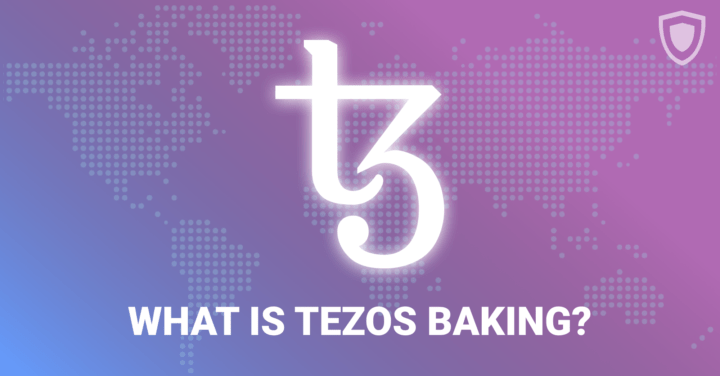What is Tezos baking?

Martha Stewart and Snoop Dogg wore “Bakers Gonna Bake” sweatshirts that kind of became a meme for those lost in the Internets. Well, we are definitely not Snoop Dogg, but we know a thing or two about baking. If you think that cryptocurrencies and baking are not connected, read this Guarda article to find out more information and broaden your horizons.
Tezos XTZ needs to be delegated to a baker (NOT Martha Stewart) to earn block rewards. Guarda is very interested in the special features of our supported currencies, so let us talk about Tezos delegation and baking in detail. This is not exactly a Tezos baking tutorial – consider it to be more of a guide on the Tezos baking phenomena. We at Guarda Wallet are clearly fascinated by the Tezos Baking process, as you can see. Don’t forget you can always create a Tezos wallet on Guarda. First of all, it is important to sort out the major question.
What is Tezos?
Tezos is a platform for smart contracts and decentralized applications (also known as DApps). The Tezos team takes decentralization very seriously and lets the stakeholders govern the protocol. While being similar to other blockchain platforms, Tezos also has a key feature that makes the network stand out – governance. The developers thought of a process allowing Tezos protocol to upgrade continuously through on-chain governance. Might seem a little bit complicated, but the idea is clear – no radical changes. The users propose and vote for the implementation of the new ideas. To achieve consensus, Tezos uses the delegated Proof-of-Stake algorithm.
What is the delegated Proof-of-Stake?
DPoS is an algorithm allowing virtual mining instead of physical one. Virtual mining is not only more convenient than the traditional ones, but also much more energy-efficient. Therefore, the ideas of DPoS are highly valued by environmentalists.
What is Tezos baking?
Baking, besides being an action performed in the kitchen, is signing and publishing new blocks in the Tezos blockchain. You need to be qualified as a delegate first, which means having at least 10,000 XTZ. After fulfilling this basic requirement, a user can become a Baker or an Endorser.
Bakers, for sure, get a reward for their work – 16 XTZ per block (not bad, not bad).
Endorsers – the people who verify the block after it’s been baked (basically, they check if everything was done correctly), get 2 XTZ. 32 endorsers are needed to verify a single Tezos block.
To make sure that all the actions of bakers and endorsers are honest, the above-mentioned people
To explain the whole process of baking, it is important to mention two types of Tezos blockchain accounts:
Implicit accounts – these are the only accounts that are allowed to be a part of the baking process. The whole thing needs to be registered as a delegate. You can either bake with your own balance or the balance of delegated accounts.
Originated accounts are the ones that can be delegated. These accounts cannot become a part of baking. There is a special delegate key that allows partaking in the consensus algorithm. Delegates can also be reassigned.
A simple conclusion
To sum up the article, baking is the whole process of adding blocks to the Tezos blockchain. Bakers receive a reward for their work, as well as endorsers (verifiers), do. There are two types of accounts on the said blockchain – the implicit one is the account suitable for baking. A roll of 10.000 XTZ cryptocurrency is needed to participate in creating blocks. The more XTZ coins you have – the bigger are your chances to be chosen as a baker or an endorser.